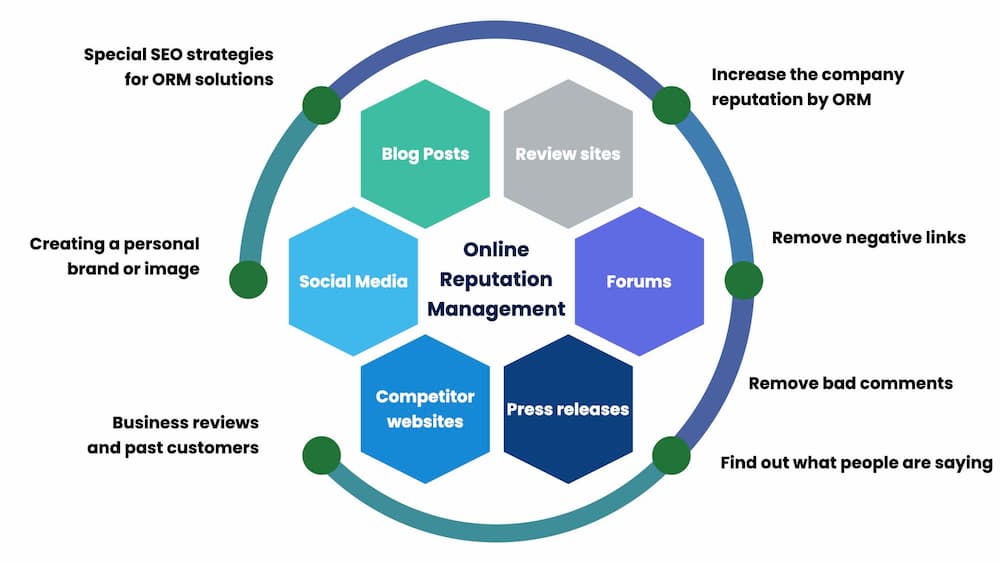Assuming Outside the Box: Leveraging Non-traditional Tools to Optimize Google Analytics Efficiency
In the realm of digital marketing, the quest for enhanced Google Analytics efficiency has ended up being a strategic necessary for companies seeking to refine their online presence. By discovering unconventional tools as avenues of data collection, a brand-new world of opportunities arises.
Distinct Information Resources

Social media platforms use useful data on user demographics, rate of interests, and engagement metrics, allowing services to evaluate the performance of their social media projects and optimize material for better efficiency. By leveraging these distinct information sources, services can fine-tune their techniques, improve targeting efforts, and improve general Google Analytics performance.
Social Media Insights

Furthermore, social media analytics tools make it possible for services to track vital efficiency indications, screen project efficiency, and measure the impact of their on the internet activities. Understanding the demographics of followers, determining popular material motifs, and evaluating engagement degrees can help businesses customize their advertising and marketing approaches for better outcomes.
Offline Advertising Assimilation
Incorporating offline marketing techniques with digital analytics can boost total project efficiency and give an extra detailed understanding of consumer habits. what is not considered a default medium in google analytics. By bridging the void in between online and offline efforts, businesses can track the impact of conventional advertising and marketing channels such as print ads, TV commercials, direct-mail advertising, and events on their online presence

In addition, implementing telephone call radar for offline advertising tasks makes it possible for businesses to record beneficial information on client queries produced through published promotions or materials (what is not considered a default medium in google analytics). By assessing call data alongside online metrics in Google Analytics, services can get deeper insights into the customer trip and optimize marketing strategies for enhanced efficiency across all networks
IoT and Wearable Innovation
Using IoT and wearable technology in digital analytics can reinvent data collection and customer understandings visit this website for businesses seeking a much deeper understanding of individual behavior patterns. Wearable technology, such as smartwatches or health and fitness trackers, can offer insights right into individual tasks, health metrics, and even place information.
Gamification Methods
The execution of gamification approaches in electronic analytics offers an innovative approach to enhancing individual interaction and driving actionable insights for businesses. By integrating game-like elements such as factors, badges, leaderboards, and compensates right into the analytics interface, business can inspire customers to communicate extra regularly and meaningfully with the data.
Gamification encourages users to check out different features of the analytics system, revealing valuable insights that might have otherwise gone undetected. Through interactive challenges and progression monitoring, users are incentivized to dig much deeper into the data, leading to enhanced time invested on the system and a greater possibility of discovering vital fads or patterns.
Furthermore, gamification can cultivate a sense of competitors amongst individuals, stimulating them to aim for greater performance and involvement degrees. This competitive spirit can drive enhanced individual adoption prices and an extra comprehensive application of the analytics tools available. Ultimately, by leveraging gamification techniques in digital analytics, businesses can produce a much more effective and appealing setting for individuals, causing more informed decision-making and improved overall efficiency.
Conclusion
To conclude, leveraging non-traditional mediums such as distinct information sources, social media understandings, offline advertising combination, IoT and wearable technology, and gamification methods can maximize Google Analytics efficiency. By believing outside the box and discovering these alternative resources of data, organizations can get useful insights and boost their total advertising and marketing methods. It discover this is necessary for companies to continuously check out brand-new means to gather information and evaluate it in order to remain ahead in the ever-evolving electronic landscape.
By integrating information from sources such as customer partnership management (CRM) systems, social media platforms, and e-mail advertising and marketing projects, services can get a much more comprehensive understanding of their audience habits and involvement patterns. Social media platforms provide important information on individual demographics, passions, and interaction metrics, enabling organizations to gauge the effectiveness of their social media projects and maximize material for better efficiency. By leveraging these one-of-a-kind information resources, companies can refine their approaches, enhance targeting efforts, and improve total Google Analytics efficiency.
Exploring social media understandings can supply organizations with valuable information on user demographics, passions, and interaction metrics, enabling for informed decision-making and tactical optimization of advertising efforts. By thinking outside the box and exploring these different sources of data, organizations can acquire important understandings and enhance their total advertising find more and marketing strategies.